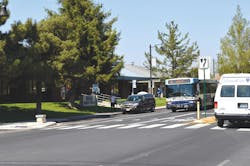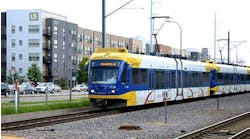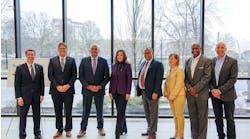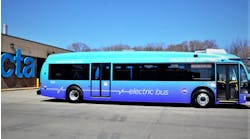Communities that used a Complete Streets approach to transportation reduced the number of automobile collisions and injuries, and increased the number of people biking, walking, and taking transit.
These projects were inexpensive yet achieved core transportation goals, and were also related to increased employment, higher property values, increased net new businesses, and increased investment from the private sector according to new research released by Smart Growth America’s National Complete Streets Coalition. Complete Streets provide separate spaces for vehicles, bikes and pedestrians.
Safer Streets, Stronger Economies analyzes data from 37 Complete Streets projects across the country, and explores the outcomes communities got for their investment. Relying on information collected by local departments of transportation and economic development, the new findings show just how good an investment Complete Streets projects can be.
The RTC’s Wells Avenue Complete Streets Project was one of the 37 projects included in the research. Completed in 2003, Wells Avenue was converted from two lanes each direction to one lane each direction with an added center two-way left-turn lane, bike lane and wider sidewalks while maintaining the on-street parking. Crashes, speeds and traffic volumes were all reduced as a result.
Similar improvements resulted in a 46 percent crash reduction on Arlington Avenue. Crashes were reduced 42 percent following Complete Streets improvements on California Street and Mayberry Drive.
“The before and after data from transportation departments show that Complete Streets projects can be a tremendously good transportation investment,” said Geoff Anderson, president and CEO of Smart Growth America. “Complete Streets treatments enhance our health, our economy, and our region, creating a more livable community and improved quality of life,” RTC Executive Director Lee Gibson said.
The RTC is beginning a Complete Streets Master Plan to identify locations for possible Complete Streets improvements. The plan will also examine the safety benefits of Complete Streets projects.
Whether it’s planting trees or adding crosswalks, making travel lanes narrower or creating space for people on bikes, hundreds of communities are changing how their streets look and work—and getting a great return on public investment in the process.



